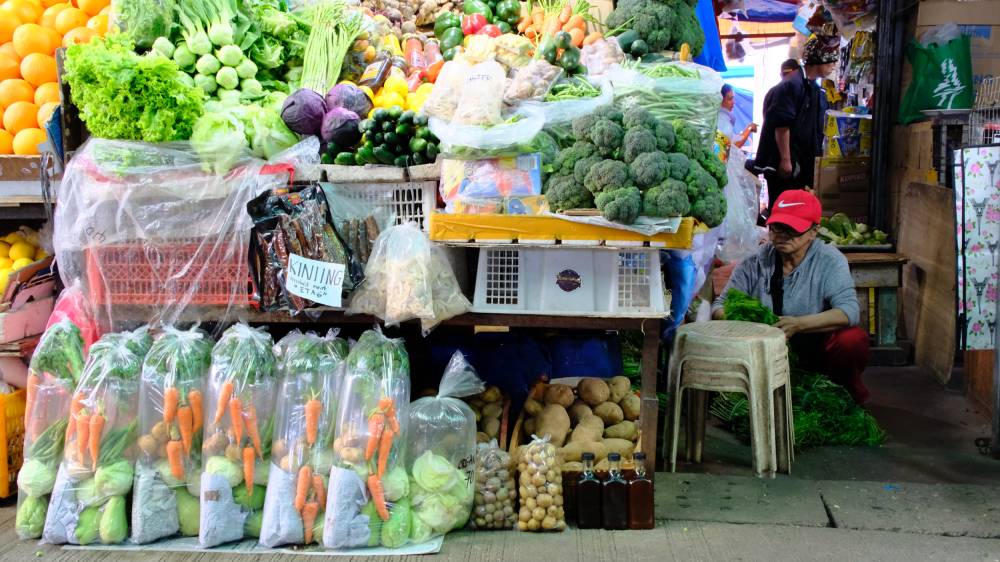Territory row bares legal issue on Baguio market barangay

BAGUIO CITY—The city council in this week’s session took up a long-standing legal puzzle: Does a barangay still exist within the century-old Baguio public market?
The question resurfaced amid a dispute among neighboring villages over jurisdiction—and potential revenue shares—from properties covering the public market and the Maharlika Livelihood Center.
Barangay Bagong Lipunan, which sits within the market, was among 129 “pulong-pulong,” or barrios in Baguio, converted into barangays in 1974.
But under the city’s market ordinance—Tax Ordinance No. 2000, series of 2001—residency inside the public market is prohibited. As a result, its voting population was deemed ineligible.
‘Dormant’
Councilor Edison Bilog, a former vice mayor, said that when he was the Commission on Elections (Comelec) officer in the city, he initiated the exclusion of half of Bagong Lipunan’s voting list because of the ordinance.
The remaining voters, he added, were later invalidated.
Benjamin Macadangdang, barangay liaison officer of the Office of the Mayor, told the council that Bagong Lipunan was eventually declared “dormant” after it lost its voters, its officials who could no longer run, and its share of annual government subsidies and benefits.
City Treasurer Alex Cabarrubias said the barangay was deemed abolished by executive action, with its operating funds and internal revenue allotments returned to the national treasury after its officials closed its account. However, he admitted he could not provide details or exact dates.
Part of these revenues came from the operations of the market and possibly from the Maharlika Livelihood Complex, built during President Ferdinand Marcos Sr.’s administration, which was returned to city supervision in April.
Banned residency
The Baguio City public market—established as an open trading area in 1909 and rebuilt in stone in 1917—remains at the center of a public-private partnership plan to develop a multimillion-peso retail building.
The 6-hectare property remains among the city’s most valuable pieces of real estate.
Lawyer Althea Alberto, city legal officer, said the council could also revisit earlier proposals to merge or consolidate barangays, starting with Bagong Lipunan and nearby Azcko (which covers Abanao, Zandueta, Chugum, Kayang and Otek Streets).
“Azcko had expressed its interest in counting Maharlika as part of its territory,” she noted.
Despite the ban on market residency, Bagong Lipunan still appeared in the 2020 census with a population of 28.
Councilors, however, noted that this figure is far from the 5,000 residents required for recognition as a barangay.

















